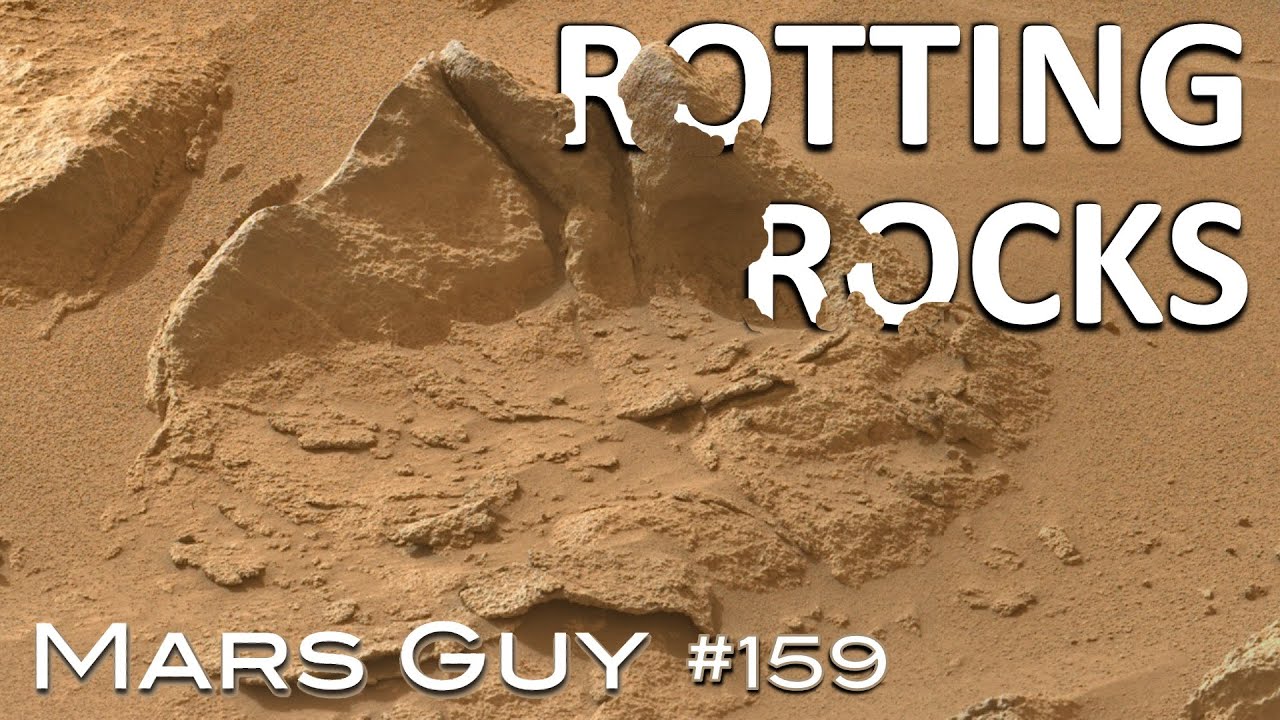Mars is red because of iron oxide.
There’s an unknown monster lurking about that breaks things down, seemingly accelerating erosion.
It’s a rust monster.
Someone call a paladin and cleric. We’re gonna need them if we ever get to colonization.
So how much oxygen is in the martian atmosphere?
0.13%
Pffft come on mate, it eats metal. You send a monk and a druid to handle that.
Or a Liasan al Giab
Make sure they’re wearing studded leather armor.
Maybe it’s microbes.
Would say, be very careful about bringing back any samples.
I suspect that any Martian microbes would be poorly adapted for living in Earth conditions. Accidentally contaminating Mars with Earth microbes is probably a greater concern.
Could it be caused by heating and cooling? The temperature extremes might be enough.
The thermal cycling hypothesis for erosion has been advanced for Mars since the 1960s - before we had landed even a single mission on the surface - but personally, I’m not convinced. The effect should be ubiquitous and would apply to every clast/rock a rover can see, but just about any landscape shot shows that there are plenty of rocks without the network of cracks you’d expect. Paul Hammond is correct in pointing out that rocks preferentially fracture along planes of weakness (the direction/face where a mineral is naturally weakest), and the composition of the rocks should have a lot to do with it, but I still think that the process would be a lot further along after billions of years.
The potholes you see (…feel) in places with sub-zero winters show us exactly how good freezing/thawing water is at breaking and flaking hard surfaces, so Mars Guy isn’t wrong to point that out first in the video.
Maybe it’s the same process with dust acting as water on mars? It might not expand as much but with bigger temp differential maybe it’s similar?
Possibly. There are some pretty wild temperature swings. I’m not a geologist, but I think rocks usually fracture along the plane of their crystalline structure (as it’s the weakest bond)
Let’s propose that these eroded boulders have a different crystalline structure due to the way they were formed / modified by groundwater etc., then they maybe they are fracturing in a piecemeal fashion, and basically crumble away due to the wild temperature swings.






